Ingredients : Rosa damascena, Sesamum indicum, Aloe vera
Active Ingredients: phenolic compounds، glycosides (aloins),1,8-dihydroxyanthraquinone derivatives
(aloe emodin), beta-1,4 acetylated mannan, mannose )،contains flavonoids such as caempferol and quercetin،glycoside derivatives , carboxylic acids، terpene, myrcene, tannins and vitamin C، naringenin،apigenin، isovitexin،dihydro-isorhamnetin
Indications: Useful in treating headaches (Head and forehead headaches, sinus headaches, migraines, congestion and nasal congestion)
Dosage and administration: Apply to the forehead and temples 2 to 3 times a day
Side effects: No specific side effects have been reported
Recommended tips: Warm slightly with hand heat before use
Contraindications and precautions: does not have
Pharmacological effectsand mechanism of action MOA: Several flavonoids were also detected in Aloe plants, with only naringenin, apigenin, isovitexin, and dihydro-isorhamnetin cited as being the major ones .polyphenols (a flavonoid such as apigenin and its derivatives). It probably possesses pain relief effects for migraines because of the following properties: chamazulene and apigenin, which inhibit iNOS expression in activated macrophages and can lead to the prohibition of NO release and synthesis; Some flavonoids, which have a strong inhibitory effect on endogenous prostaglandin E2 (PGE2) levels in RAW 264.7 macrophages and can play the role of selective COX-2 inhibitor; Some polyphenols, which possess anti-inflammatory effects due to the inhibition of pro-inflammatory biomarkers in THP1 macrophages and which can reduce inflammation in neurovascular units (NVU) at the site of migraine pain; Some plants, which has neuroprotective effects because of reduced NO levels; ) indicated that the ethanolic extract of roses had stronger effects than morphineThis plant contains flavonoids such as caempferol and quercetin and their glycoside derivatives , carboxylic acids terpene, myrcene, tannins and vitamin C Essential oil obtained from Rosa damascena cultivated in central Iran is mainly consisted of beta-citronellol, nonadecane, geraniol and docosane. In fact, the effect of R. damascena extract on both phases showed that they contain active analgesic principles acting both centrally and peripherally. Recently it has been reported that antioxidants reduce pain of tonic (second) phase of formalin test . Petals of R. damascena contain several flavonoids and it has been reported that flavonoids have antioxidant properties . Therefore it seems that these compounds have some role in the analgesic effect. conclusion, our results clearly demonstrated that hydroalcoholic extract of R. damascena has a potent analgesic effect in acetic acid and formalin tests and also showed anti-inflammatory activity in carrageenan model and these results provided enough credit for the plant use as a remedy against painful and inflammatory conditions
Pharmacological effect of this product from the perspective of traditional medicine:
As a warm oil with antiseptic properties, this product empties the sinuses and opens the exit ducts,
which is one of the therapeutic goals in sinusitis
References:
1-Pmc/Aloe Genus Plants: From Farm to Food Applications and Phytopharmacotherapy/2018
2-PubMed/Potential Effect and Mechanism of Action of Topical Chamomile (Matricaria Chammomila L.) Oil
on Migraine Headache: A Medical Hypothesis /2014
3-Pmc /Efficacy of combination of Viola odorata, Rosa damascena and Coriandrum sativum in prevention
of migraine attacks: a randomized, double blind, placebo-controlled clinical trial/2018
4-Pmc /Analgesic and Anti-inflammatory Effects of Rosa damascena Hydroalcoholic Extract and its
Essential Oil in Animal Models/2010

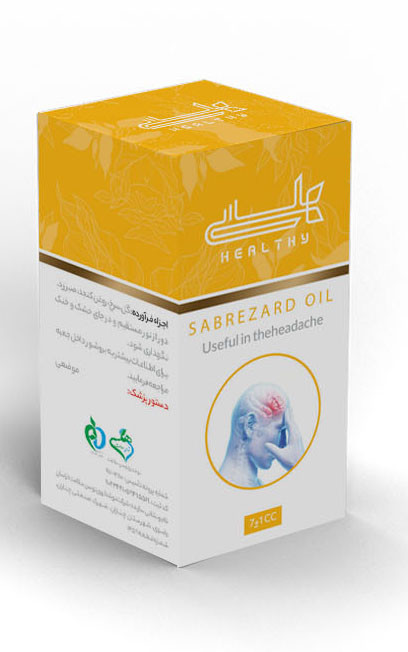
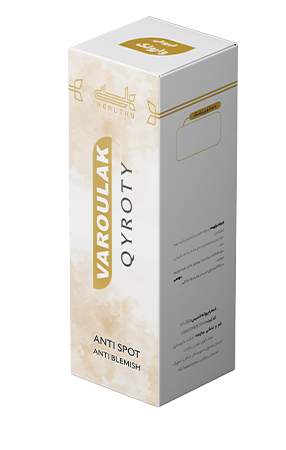
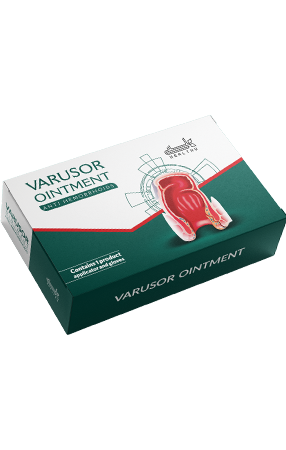
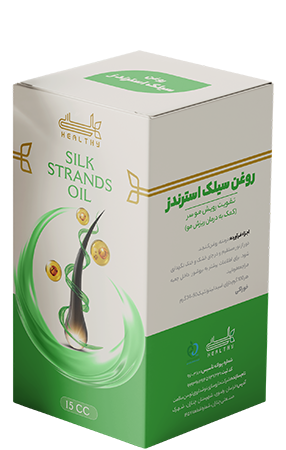
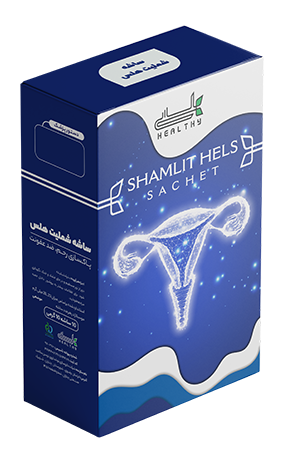
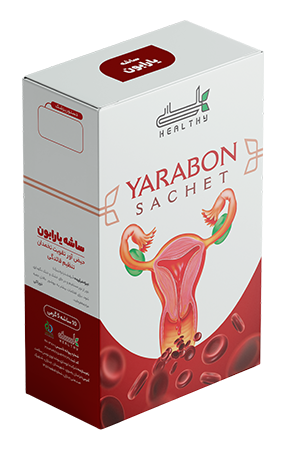

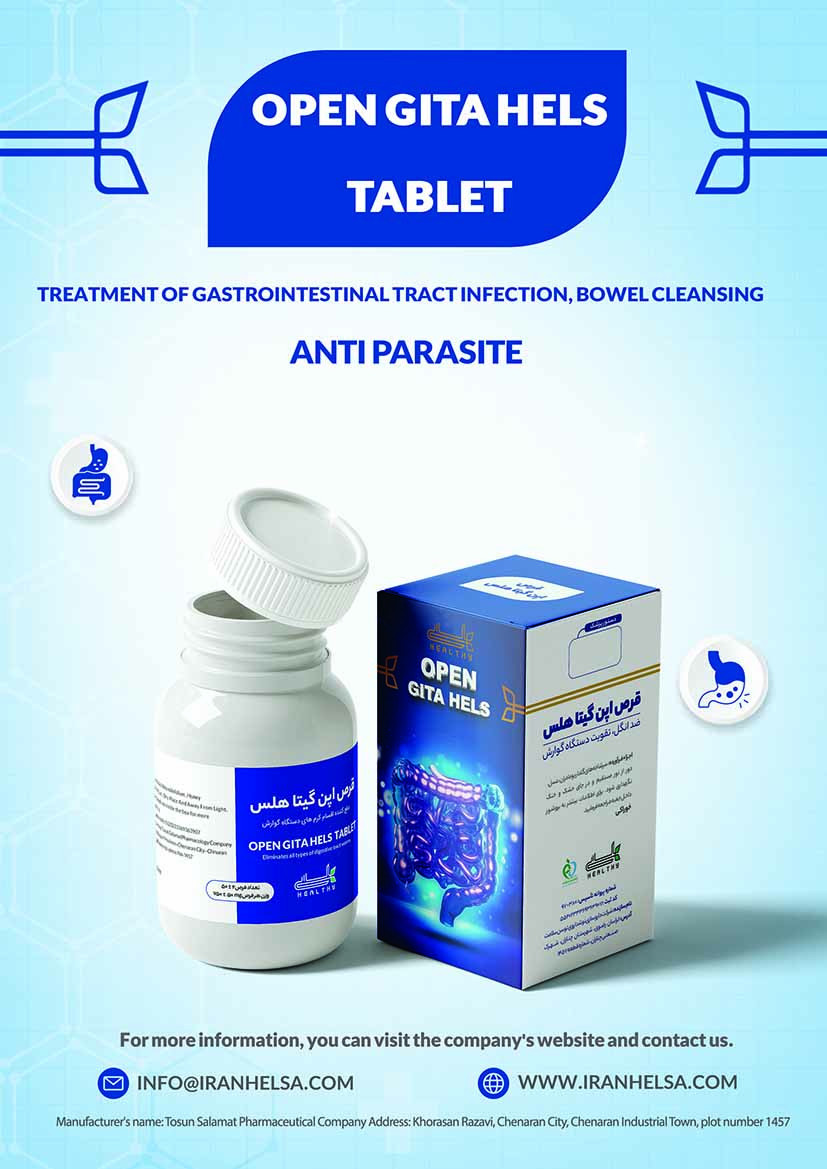
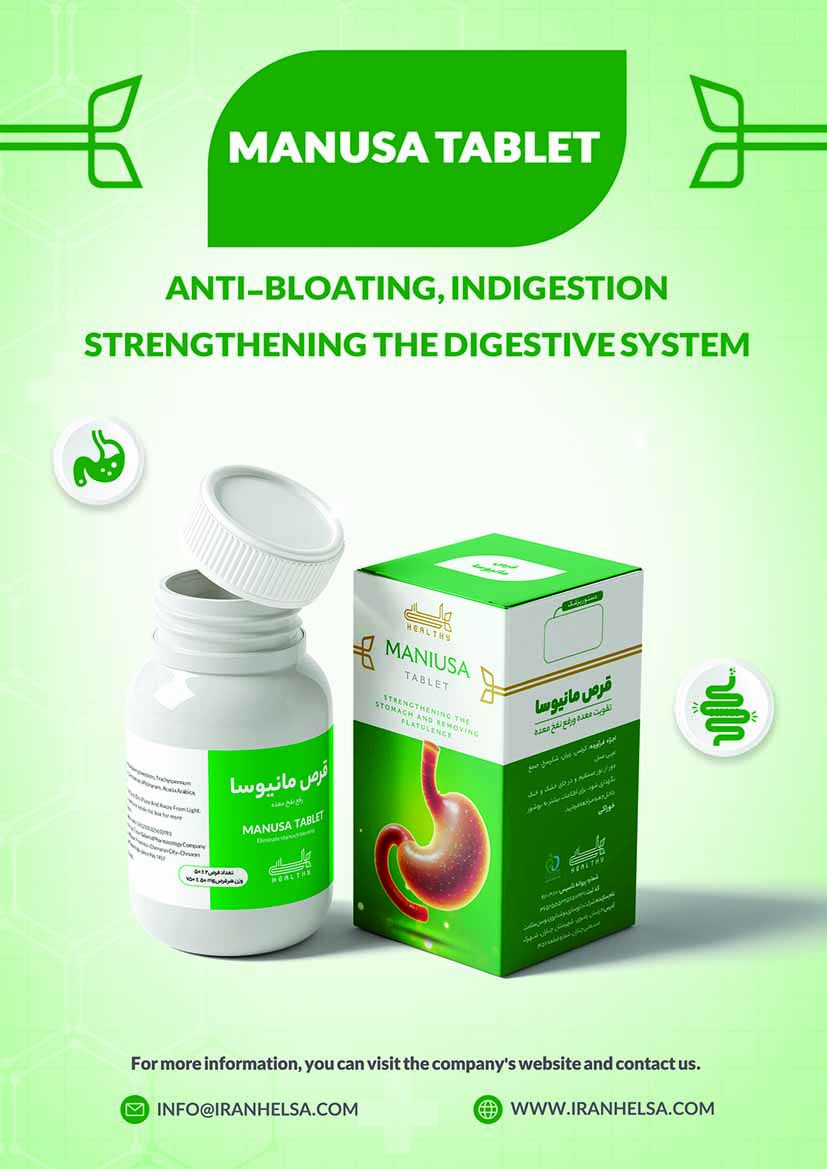
User comments